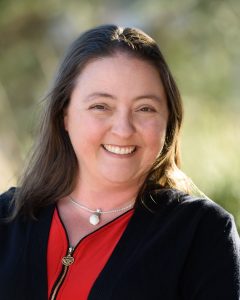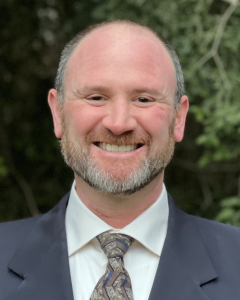December 2024 | Volume 17, Issue 6


Hepatic tanager photographed by ABR Trustee Daniel C. Davis, MD, in Madera Canyon, Arizona.

Updates to Assessments and Study Materials Coming in New Year
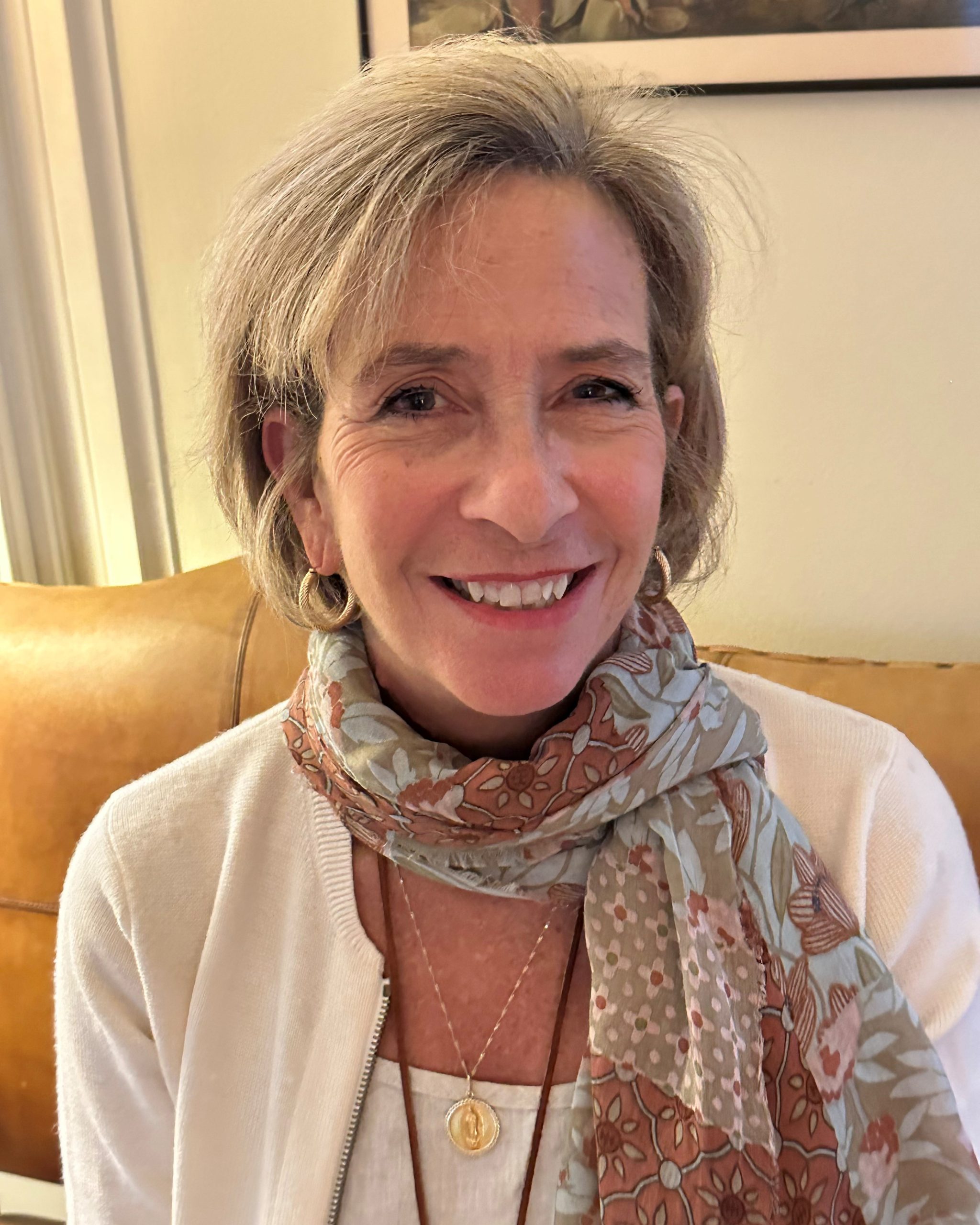 By Desiree Morgan, MD, ABR Governor
By Desiree Morgan, MD, ABR Governor
2024;17(6):1
As the year wraps up and we spend time sending glad tidings and gathering with family and friends, I pause to wish you all the best for 2025. The ABR is focused on activities geared toward welcoming the new year and the next cycles of certification. We are excited to share upcoming changes to exams and preparatory materials across the four disciplines for next year, as well as introduce you to more of our volunteers who help forward the ABR’s mission throughout the seasons.
In this issue . . .
ABR President Cheri L. Canon, MD, and Executive Director Brent Wagner, MD, MBA, discuss how the board’s conflict of interest policy for volunteers helps maintain the integrity of the assessment process.
ABR Executive Director Brent Wagner, MD, MBA, answers common questions from candidates and diplomates about ABR processes and procedures and explains the motives behind the board’s construct and actions.
Click HERE to read more.

Avoiding Conflicts of Interest Keeps Exams Fair and Relevant
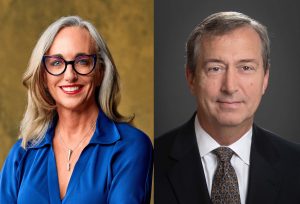 By Cheri L. Canon, MD, ABR President, and Brent Wagner, MD, MBA, ABR Executive Director
By Cheri L. Canon, MD, ABR President, and Brent Wagner, MD, MBA, ABR Executive Director
2024;17(6):2
The ABR continually monitors potential conflicts of interest among its volunteers. For the Board of Governors, the focus is on the obligations to the corporation (the duty of care, the duty of loyalty, and the duty of obedience). For the Board of Trustees and the volunteers who contribute in varying capacities to the development and execution of exams and Online Longitudinal Assessment (OLA), the emphasis is on the avoidance of conflicts of interest that could compromise the academic integrity and fairness of those instruments. ABR volunteers understand that the learning opportunities that occur in question-writing committees through collegial professional interactions are associated with an implicit responsibility to maintain confidentiality and fairness in the process.
Because most ABR volunteers have teaching commitments as a major part of their practice, individuals must be careful to avoid overlap between their workplace responsibilities and their volunteer service. For example, material created for and contributed to an exam must be exclusive to the ABR and not used for teaching purposes, a research publication, or an educational session at a professional society meeting. Breaking the confidentiality of the exam creation process would potentially compromise the validity of the testing instrument.
Click HERE to read more.

ABR Methods and Motives Explained in Q&A with Executive Director
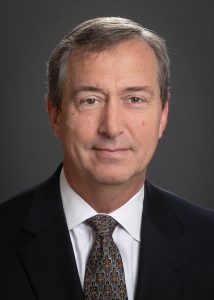
2024;17(6):3
Comments and questions from ABR candidates and diplomates often reveal misperceptions about our processes and procedures. We continually learn from questions that come from external sources and modify or enhance our communications accordingly. Although most of these inquiries are related to the “how” and “what” of certification, some reflect a disconnect between the ABR’s motivations (the “why”) and the way the board’s construct and actions are perceived.
Why are initial certification qualifying exam questions so difficult?
We hear this frequently in our post-exam surveys. We do not design our exams to measure how close candidates are to “perfection.” Instead, we are attempting to establish competence by measuring knowledge of the discipline domain and the skills needed to practice safely and effectively. The Angoff rating system is used to estimate the difficulty of individual questions and, in aggregate, the passing threshold (“number of correct answers needed to pass”). This method supports the fairness of our process by adjusting for exams that have a higher proportion of difficult questions (because on these exams, fewer correct answers will be required to reach the passing threshold). The ABR Angoff committees comprise practitioners in private and academic practices, including directors of training programs. After item-writing committees create questions, and the forms (the set of questions that populate a particular exam) are organized for exam delivery, the Angoff committees rate the items to set the passing threshold.
Click HERE to read more.

New Trustees Share First Impressions
2024;17(6):4

In September, four new members joined the ABR Board of Trustees. A few months into their tenure, we asked each of them to share their thoughts on the following questions:
- What made you interested in being on the Board of Trustees?
- What did you think about your first board meeting?
- What do you see as the ABR’s priorities moving forward?
Kristopher Cummings, MD, Cardiothoracic Imaging
- I thoroughly enjoyed my previous ABR work as a member and subsequent chair for the Thoracic Qualifying (Core) Exam Committee. The staff at the ABR are dedicated to their mission, and my interactions with other volunteers were rewarding and educational. The work of the ABR is so important to maintaining the integrity and mission of our specialties.
- My first Board of Trustees meeting was eye opening. I was familiar with the structure of the ABR certification process for radiology (diagnostic and interventional), but it was amazing to see all the work and effort that went into radiation oncology and medical physics. The dedication of so many volunteers and staff to pull off coordinating content for certifying exams and ensuring that the content is accurate, fair, and a realistic representation of practice is impressive. The excitement and thoughtful conversations around bringing back the oral component for diagnostic radiology certification was also terrific. Overall, I felt very fortunate to be selected to help contribute to such an outstanding group of people and such an important mission.
Click HERE to read more.

Expanded Radioisotope Safety Content Study Guide Coming Soon
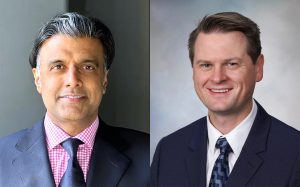 By Umesh D. Oza, MD, ABR Trustee, and Ephraim E. Parent, MD, PhD
By Umesh D. Oza, MD, ABR Trustee, and Ephraim E. Parent, MD, PhD
2024;17(6):5
Radioisotope Safety Content (RISC) is an integral part of the domain of diagnostic radiology and interventional radiology. Questions about RISC are included on the Qualifying (Core) Exam (25 questions) and in the Essentials Module on the Certifying Exam (10 questions). RISC questions count toward the overall exam score; they are not scored separately.
These questions assess the candidate’s understanding and knowledge related to the safe use of radioactive materials in the clinical practice of diagnostic or interventional radiology. The domain encompasses but is not limited to the Nuclear Regulatory Commission (NRC) requirements found in part 35 of the Code of Federal Regulations (CFR) deemed medical use of byproduct material. The RISC elements on the Certifying Exam are devoted to clinically oriented practice scenarios, which emphasize evaluation of practical knowledge of radioisotope safety and handling, as well as regulatory compliance.
Click HERE to read more.

ABR Updating OLA Process for NMP Diplomates in 2025
By Jennifer Stickel, PhD, ABR Trustee
2024;17(6):6
In 2019, the ABR implemented Online Longitudinal Assessment (OLA) as Part 3 of the four-part Continuing Certification (CC, formerly MOC) program. For medical physicists, the OLA program began in January 2020 and thus is about to complete its fifth year.
Medical physicist diplomates are required to answer 52 questions annually for each certificate they hold. For diplomates specializing in therapeutic medical physics (TMP) and diagnostic medical physics (DMP), OLA delivers 104 questions per year (two each week) and permits up to 10 declines per year per certificate. All questions can be “banked” for up to four weeks from the time they are delivered to the diplomate.
For nuclear medical physics (NMP) diplomates, however, OLA delivers only one question per week. This allows diplomates to meet the goal of 52 questions per year but does not permit declines. The requirement for reliable statistics limits the number of questions that can be deployed; before a question can contribute to a diplomate’s cumulative score, it must have been answered by 50 participants and rated by at least 10 question raters. Given the comparatively small number of NMP physicists enrolled in OLA, deploying a larger number of questions would lead to unacceptable delays in the calculation of cumulative scores.
Click HERE to read more.

RO Qualifying Exam To Increase Coverage of Benign Diseases
By Michael Yunes, MD, ABR Associate Executive Director of Radiation Oncology
2024;17(6):7
The ACGME Program Requirements for Graduate Medical Education in Radiation Oncology were last updated in 2023. Section IV.C.4 outlines the residency requirements of general disease sites with a specific comment that residents must have experience with the “treatment of benign diseases for which radiation is utilized.”
The ABR has included questions on radiation oncology (RO) initial certification exams related to benign diseases involving the central nervous system as well as the head and neck for several decades. These include questions about diagnoses such as meningiomas, pituitary adenomas, schwannomas, glomus tumors, and arteriovenous malformations. In clinical practice, many radiation oncologists also must be familiar with other nonmalignant processes such as keloids, heterotopic bone, Dupuytren’s disease, osteoarthritis, and Graves ophthalmopathy. These are covered in residency programs.
The 67th ASTRO annual meeting in September 2025 is titled Rediscovering Radiation Medicine and Exploring New Indications. President Sameer Keole, MD, is clearly focused on ensuring that professionals in radiation oncology and other fields are aware of indications for radiation treatment in the nonmalignant space. With this emphasis in mind, as well as the increasing visibility of radiation for benign or nonmalignant diseases, the ABR Board of Trustees has begun to incorporate more of this subset of cases into the RO board certification exams.
Click HERE to read more.

Future Resident Staying Busy in Her Year Away from Studies
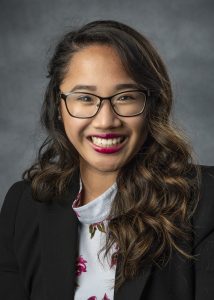
By Rodney Campbell, ABR Communications Manager
2024;17(6):8
Annelise M. Silva, MD, EdM, is taking a year off between completing medical school and starting her residency. But this is far from a gap year.
After graduating from the Wright State University School of Medicine this past April 28, Dr. Silva started as national president of the American Medical Student Association (AMSA) on May 1. With more than 30,000 members and 150 chapters, the AMSA is the largest and oldest independent association of physicians-in-training in the United States.
“I wish I would have had a week of vacation,” she jokingly said of the quick turnaround. “I was finishing an away rotation, graduated that weekend, and started (at AMSA) a few days later. The flip from fully clinical to fully business has been a whirlwind.”
Her new duties started quickly. She was on calls to Vice President Harris’ office on her third day and, not long afterward, sitting in on sessions with the National Academy of Medicine and the AAMC.
“I had been in different leadership capacities before, especially in the nonprofit space, but never to this scale and this level,” Dr. Silva said. “It’s still taking me a second to get used to, but it’s an incredible opportunity to bring the voices of future physicians to the table.”
Click HERE to read more.

Volunteer Goes From Fresh Out of Training to ‘Amazing’
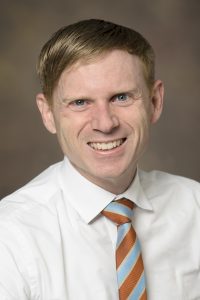
By Rodney Campbell, ABR Communications Manager
2024;17(6):9
When asked to describe ABR volunteer Ryan Avery, MD, his committee chair keeps it simple.
“He’s amazing,” said Derek Johnson, MD, who leads the Diagnostic Radiology Nuclear Radiology Subspecialty Committee.
Dr. Avery, the chief of nuclear medicine in Northwestern University’s Feinberg School of Medicine’s Department of Radiology and an associate professor of nuclear medicine, has been an ABR volunteer for five years. He said he was excited about the opportunity to get involved as a radiologist who was fresh out of training.
“I thought it would be a great opportunity because I was still relatively junior in my career,” he said. “It didn’t feel like it was that long ago when I went through the process of taking my certification exam. To move and transition to that component was a huge opportunity for me from the educational perspective of being an academic radiologist.”
Click HERE to read more.

New Oral Examiner Drawing on Her PhD Experience
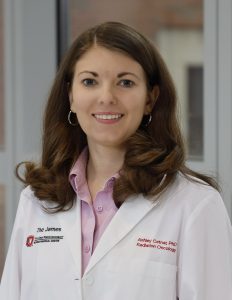
By Rodney Campbell, ABR Communications Manager
2024;17(6):10
On her way to earning a PhD in education from Ohio State University, Ashley Cetnar, PhD, MS, concentrated on learning about oral exams. She started putting that experience to use as an ABR oral examiner for medical physics for the first time earlier this year.
Looking back on her experience at OSU, where she earned her degree in December 2020 and is now an associate professor, Dr. Cetnar is thankful for the opportunity to have studied the methodology before starting with the ABR.
“Conducting a literature review on oral examinations was really helpful for knowing the history, background, and the rationale for why you’re doing the assessment,” she said.
Coordinating mock exams was an important part of her learning and remains vital to what she does as an educator. As a first-time examiner, she was able to draw on that experience. She also wants to get a better idea of how her colleagues are performing their duties during future exams.
Click HERE to read more.

Trustee Receives Yale Distinguished Clinical Career Award
2024;17(6):11
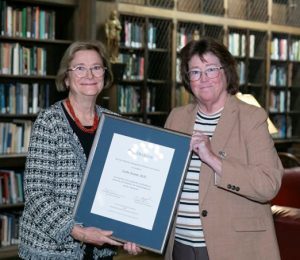
In October, ABR Trustee Leslie Scoutt, MD, received a Distinguished Clinical Career Award from the Yale School of Medicine, where she is professor of radiology and biomedical imaging and medical director of the Non-Invasive Vascular Laboratory.
Dr. Scoutt is highly regarded locally, nationally, and internationally for her knowledge and expertise in diagnostic ultrasound. In addition to being a superb clinician, she is a highly effective educator and mentor and has received numerous teaching and mentorship awards from the Yale diagnostic radiology residents as well as teaching awards from the Radiological Society of North America (RSNA) and the Society of Radiologists in Ultrasound (SRU). In her four decades at Yale, she has trained generations of sonographers and many vascular surgeons, cardiologists, medical and surgical physicians, and emergency physicians on a wide variety of ultrasound applications.
Dr. Scoutt was instrumental in starting the ultrasound non-invasive vascular diagnostic lab that is embedded in the vascular clinic at Yale Medicine. By providing on-the-spot continuation of care, the lab decreases repeat visits for innumerable patients.
To Get Important Updates, Keep Contact Information Current
2024;17(6):12
With the New Year coming, there’s no better time for diplomates and candidates to ensure that their contact information is current in myABR.
Having updated information on file allows diplomates and candidates to receive important correspondence from the ABR, including announcements about program enhancements, Continuing Certification, deadlines, and policy changes, as well as bimonthly issues of The Beam, the ABR’s e-newsletter.
Updating contact information is easy. After logging in to myABR, users may click on their name in the upper right corner and then the personal information tab to change their mailing and billing addresses, primary and alternate email addresses, and phone numbers. Candidates and diplomates are encouraged to include a personal email address as either their primary or secondary contact information.
Questions? Contact a certification manager at information@theabr.org or 520-790-2900.

December 3 Blog
Guyana Residents, Emory Benefit from Partnership
November 27 Blog
Volunteers Thankful for Opportunity to Give Back
November 26 Blog
MSK Volunteer Ready to Continue Sharing His Skills
November 11 Blog
ABR Trustee Stands for Veterans Every Day
November 6 Blog
Public Member Needed for Spot on Board of Governors
October 29 Blog
Breast Cancer Awareness Month Helps Address Disparities in Health Care


